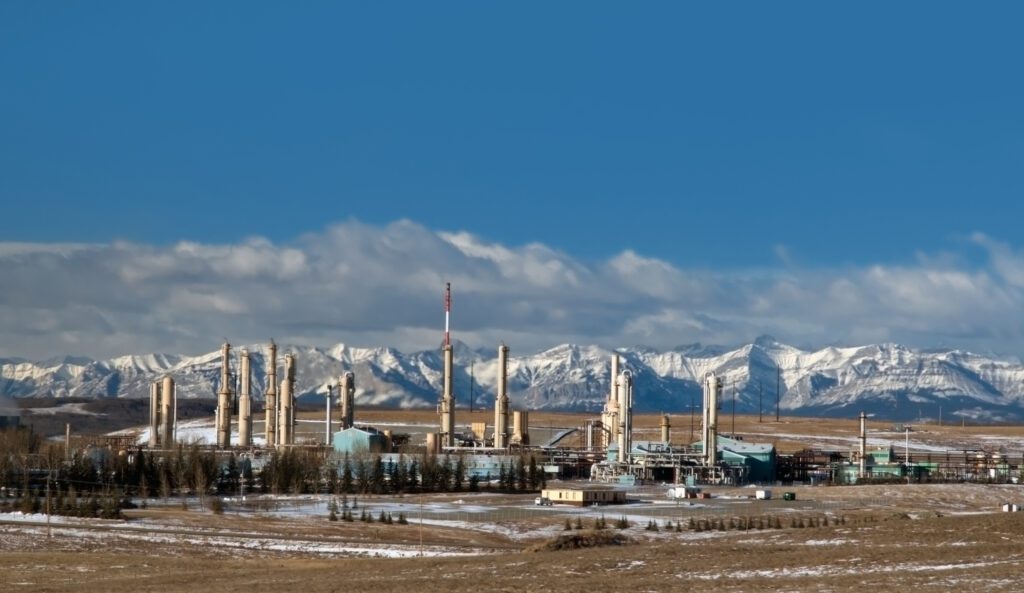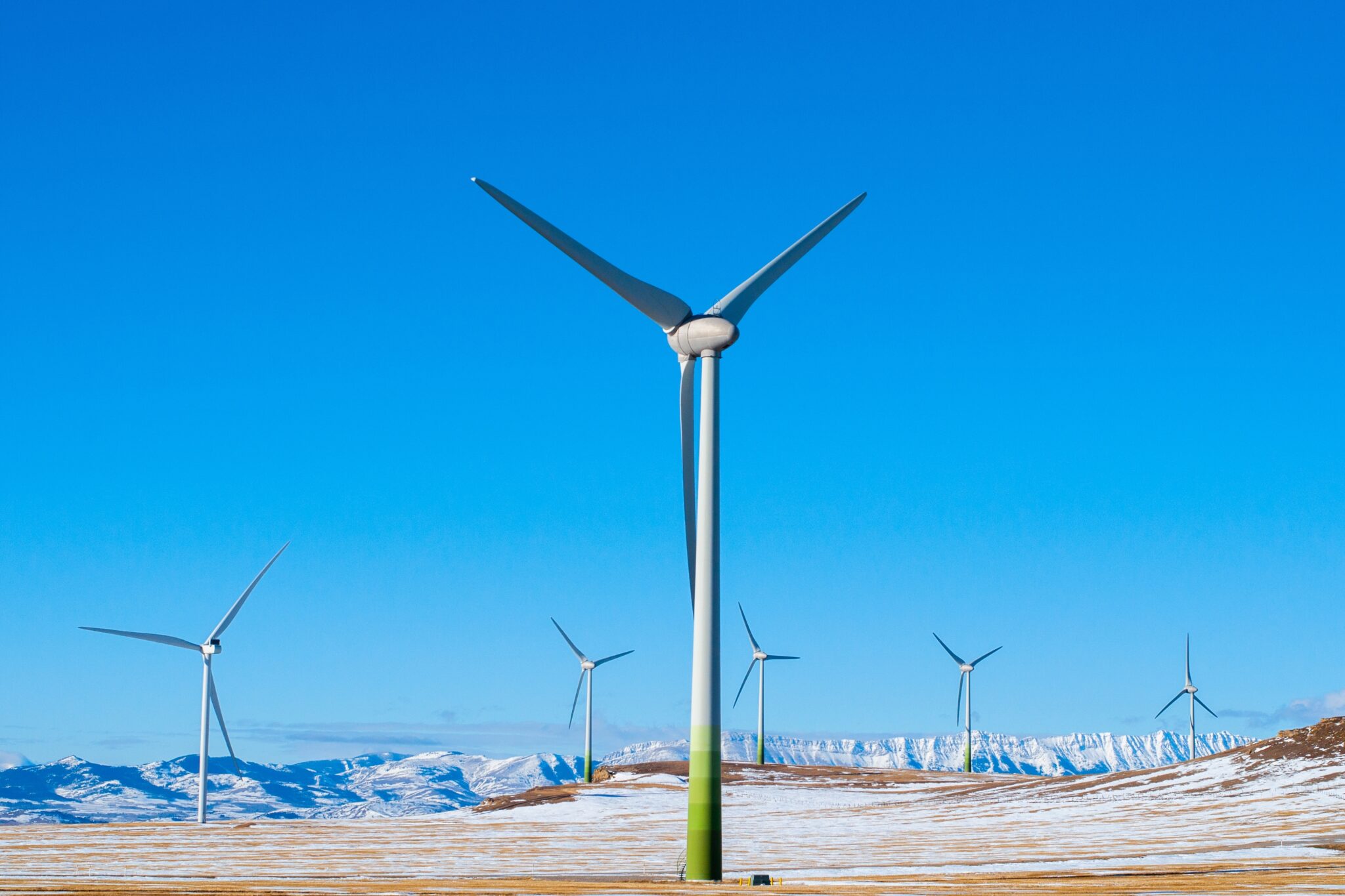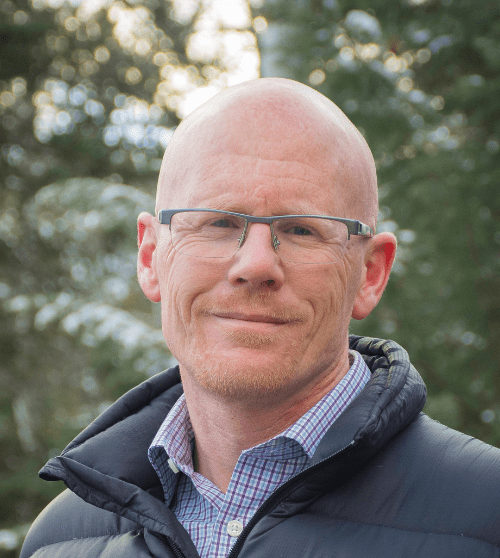There are undoubtedly those in Alberta who are thrilled with the government’s recent announcement on buffer zones and viewscapes for renewable energy development. It would also appear that with this decision, Alberta’s green energy businesses can now get back to work, investing in the future of our energy economy.
But can they? This policy is deeply hostile to renewable energy projects, and not because some people don’t like seeing energy development near mountains. If that were the case, then not only would wind and solar projects have to jump through additional bureaucratic hoops to get the approval of Premier Smith’s government, but also the many oil, gas, and coal projects slated to go ahead in the buffer zones.
The only way that we can explain this restrictive policy is that the oil and gas industry is worried by the rapid growth of renewable energy projects, and has successfully bent the ear of decision-makers on this matter.
Take Action: Tell the Alberta Government to Put the Power Back On a Renewable Energy Future
Alberta’s new guidelines, announced on December 6th, create a 70,000 km2 buffer zone along the Eastern Slopes of the Rocky Mountains, and no-go zones around some of the province’s most beautiful and well-recognized environmentally sensitive landscapes.
According to the Alberta Energy Regulator, there are 482,495 wells in the province.
Of those, there are tens of thousands in the area designed as a buffer zone along Alberta’s Eastern Slopes. More than a thousand new sour gas (methane) wells will be drilled in that region in 2024, an increase of 24 per cent over the previous year. These wells are a visual blight on the land and pose a risk to wildlife, livestock and people. Let’s be clear: Some may not like the look of a wind turbine, but sour gas is deadly if inhaled.

In some places like Hay Zama Wildland Park, in the province’s north-west, there are more gas wells inside the protected area than there are around it.
If oil pump jacks and sour gas flares aren’t your jam, then feast your eyes on the five existing open pit coal mines in the province, and others – such as Vista and Grassy Mountain – that are yet to come. The visual impact of these operations is staggering, but it’s how they impact our water that really demands scrutiny.
Many of the existing and proposed coal operations are in the headwaters of the North Saskatchewan River, and the Oldman River which provide 90 per cent of the drinking water for Edmonton and Lethbridge respectively. The poison these operations leach into the groundwater accumulates as they move downstream, and then come right out of our kitchen taps.
Oil and gas mean big money for the province, and it’s understandable why the growth in renewables globally is threatening the petroleum industry. Many are abandoning their previous net-zero commitments and going all in on greenhouse gas-producing fossil fuels. However, ignoring the global trend towards new forms of energy, and the emerging revenue streams it will provide, is negligent, to say the least.
So let’s be honest about what’s really happening in Alberta: oil and gas companies are afraid of losing market share to renewable energy – something that is happening very quickly around the world – and the government has responded with a hackneyed set of punishing regulations that lack all credibility because they single out a single industry – and a clean one at that – for punitive action.










